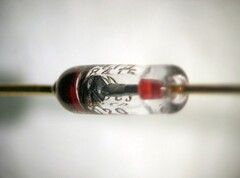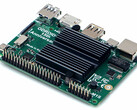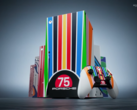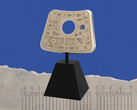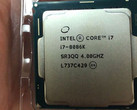Although vacuum-tube (thermionic) and solid-state (semiconductor) diodes arrived in the early years of the previous century as radio receiver detectors, their development was based on Edison's research that took place in 1880. Back then, he observed what is now called the Edison effect (the unidirectional current flow between heated and unheated elements of a bulb) and got a patent that translated the theory into practice via a DC voltmeter.
Two decades later, Edison's former employee John Ambrose Fleming concluded that the aforementioned effect could be used as a radio detector. As a consequence, he quickly patented what is widely recognized as the world's first true thermionic diode, known as the Fleming valve. This event took place on November 16, 1904 in Britain. The US Patent 803,684 ("Demodulation of amplitude-modulated oscillations by means of non-linear two-pole elements of diodes") was issued one year later, on November 7.
The Fleming valve pushed the world into the realm of valve diode-driven radios, TV sets, sound systems, and various instruments. In the late 1940s, they were partially phased out due to the large-scale introduction of selenium rectifiers, followed by semiconductors in the 1960s. However, vacuum tube diodes are still being used as of mid-November 2023. The applications that find their reliability and ability to withstand transient voltages enough to make them a better choice than semiconductors involve high power, musical instruments, and gear for audiophiles.


